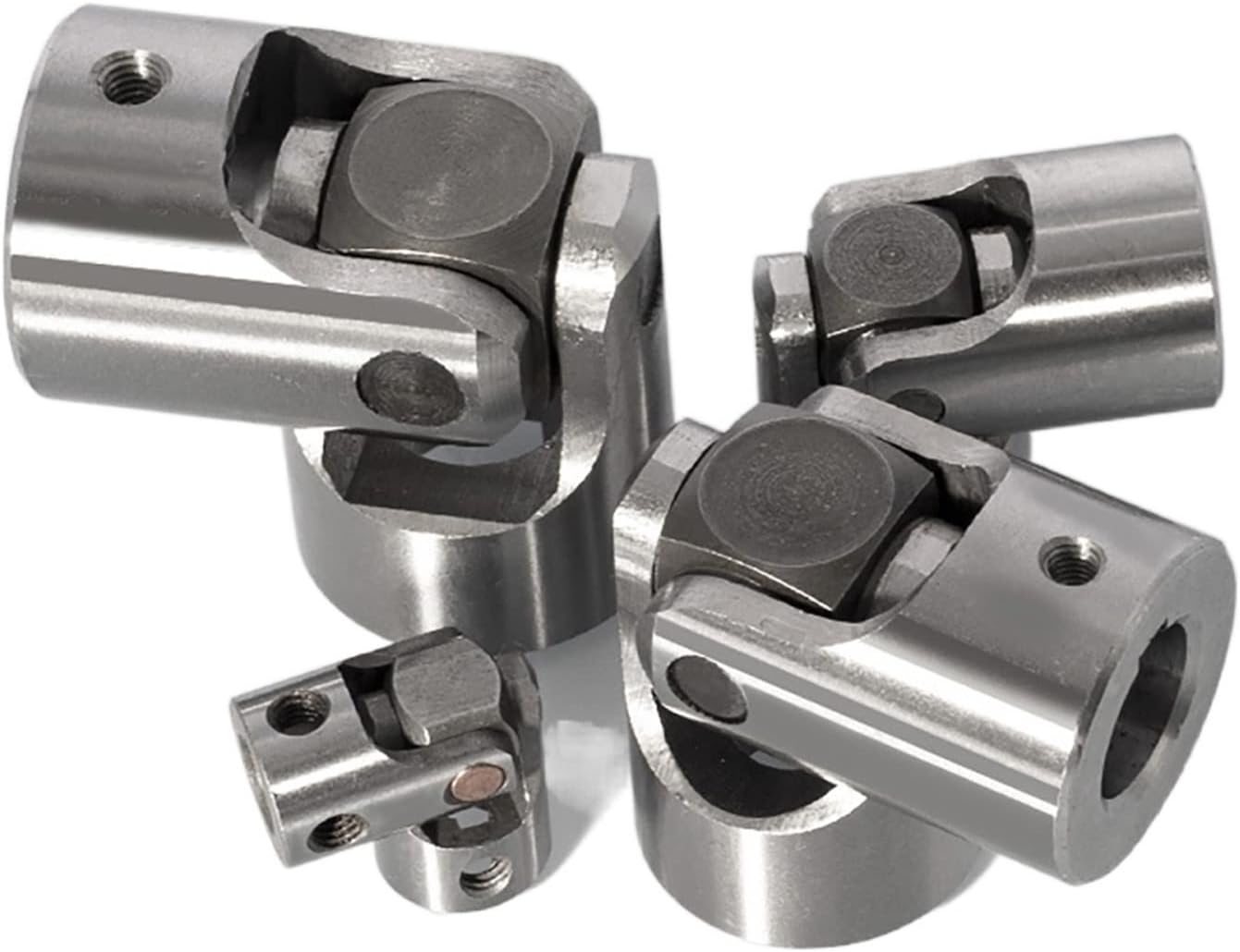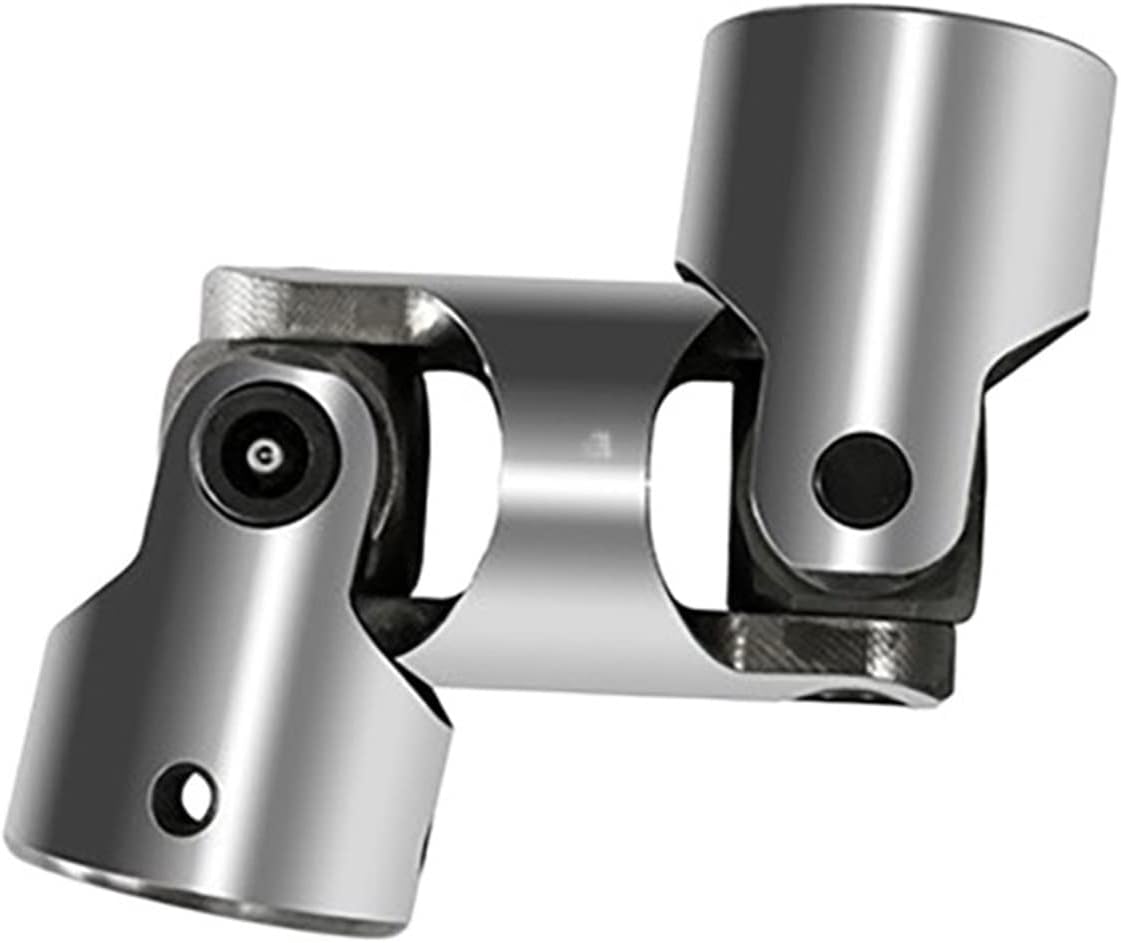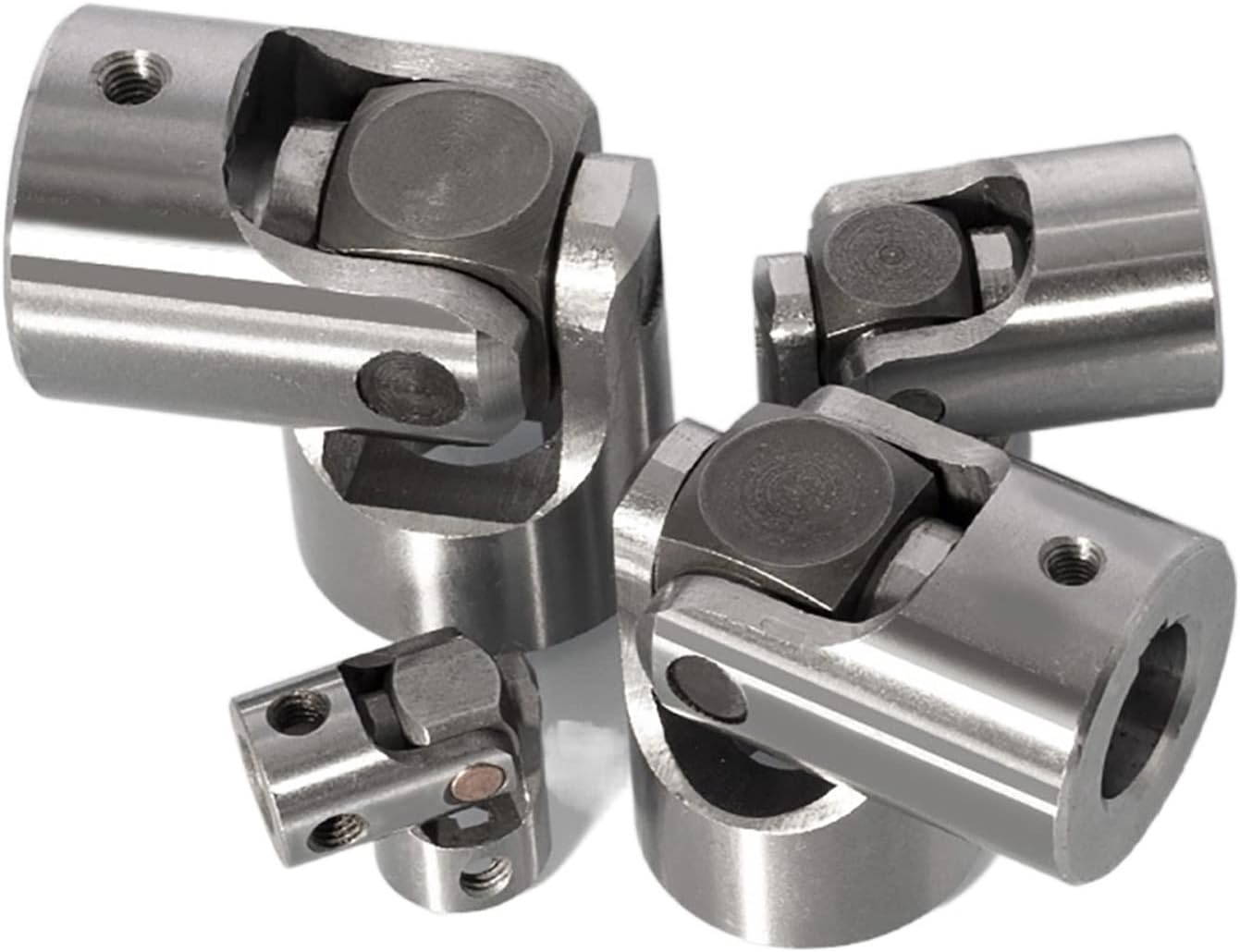Product Description
1.Small radial dimension and large bearing capacity are commonly used in shafting transmission under low speed and heavy load conditions.
2.It can compensate the relative offset of 2 axes in a certain angle and work long distance with the middle axle.
3.It is suitable for connecting horizontal 2 coaxial axes and driving shafting with a certain angle displacement.
/* January 22, 2571 19:08:37 */!function(){function s(e,r){var a,o={};try{e&&e.split(“,”).forEach(function(e,t){e&&(a=e.match(/(.*?):(.*)$/))&&1

Diagnosing and Troubleshooting Cardan Coupling Issues
Diagnosing and troubleshooting issues related to cardan couplings in machinery systems involves a systematic approach:
- Visual Inspection: Examine the cardan coupling for signs of wear, damage, misalignment, or corrosion. Look for any unusual noises or vibrations.
- Check Lubrication: Inspect the lubrication system and ensure proper lubricant levels. Inadequate lubrication can lead to premature wear.
- Monitor Performance: Use sensors and monitoring systems to track the performance of the cardan coupling in real-time. Analyze data for anomalies.
- Measure Alignment: Check for proper alignment between the input and output shafts. Misalignment can lead to increased wear and reduced efficiency.
- Check for Unusual Noises: Listen for any unusual noises during operation, such as grinding, squeaking, or knocking sounds.
- Inspect Components: Examine the individual components of the cardan coupling, including the universal joints and shafts, for signs of wear or damage.
- Perform Load Analysis: Evaluate the operating conditions and loads to ensure they are within the specified limits of the cardan coupling.
- Review Maintenance Records: Refer to maintenance records to ensure that the cardan coupling has been properly maintained and serviced.
- Consult Manufacturer Guidelines: Follow the manufacturer’s guidelines for troubleshooting and diagnostics specific to the cardan coupling model.
By following these steps, operators and maintenance personnel can effectively diagnose and troubleshoot cardan coupling issues, ensuring the reliable and efficient operation of machinery systems.

Materials Used in Manufacturing Cardan Couplings
Cardan couplings, also known as universal joints or u-joints, are crucial components in mechanical systems that transmit torque and accommodate angular misalignment. These couplings are manufactured using a variety of materials to ensure durability, reliability, and performance. Common materials used in the manufacturing of cardan couplings include:
1. Steel: Steel is a widely used material due to its high strength, durability, and resistance to wear and corrosion. Alloy steels are often chosen for their enhanced mechanical properties and fatigue resistance.
2. Cast Iron: Cast iron is used in some cardan couplings, especially in older or heavier-duty applications. It provides good strength and vibration dampening properties.
3. Aluminum: Aluminum is chosen for its lightweight properties, making it suitable for applications where weight reduction is important. It is commonly used in industries such as automotive and aerospace.
4. Stainless Steel: Stainless steel is used when corrosion resistance is a critical factor. It is commonly employed in environments where the coupling may be exposed to moisture or corrosive substances.
5. Bronze: Bronze can be used in certain applications where self-lubricating properties are desired. It also provides good wear resistance.
6. Synthetic Polymers: Some modern cardan couplings use synthetic polymers or plastics in their construction to reduce weight and provide specific performance characteristics, such as dampening vibrations.
The choice of material depends on factors like the application requirements, operational conditions, torque transmission, operating speed, and environmental factors. Manufacturers select materials that offer the best combination of strength, durability, wear resistance, and corrosion resistance for the specific use case of the cardan coupling.

How do you properly install and maintain a cardan coupling in machinery?
Proper installation and maintenance of a cardan coupling are crucial to ensure its reliable performance and longevity:
- Installation:
- Align the shafts properly before connecting the coupling to minimize initial misalignment.
- Ensure that the universal joints are in phase, meaning their yokes are in the same orientation to prevent uneven torque transmission.
- Follow the manufacturer’s instructions for torque specifications while tightening bolts and fasteners to prevent overloading or loosening during operation.
- Make sure the coupling is properly centered and balanced to avoid vibrations.
- Check for any obstructions or interference that might affect the movement of the coupling.
- Maintenance:
- Regularly inspect the coupling for signs of wear, such as cracks, corrosion, or damaged components.
- Monitor the alignment of the shafts to detect any misalignment that might occur over time.
- Lubricate the universal joints and bearings as recommended by the manufacturer to reduce friction and wear.
- Replace worn or damaged components promptly to prevent further deterioration and potential coupling failure.
- Perform vibration analysis and balancing to ensure the coupling operates smoothly and doesn’t contribute to excessive vibrations in the machinery.
- Regularly check for any signs of overheating, which might indicate inadequate lubrication or other issues.
- Keep the coupling area clean from debris, dirt, and contaminants that could affect its performance.
By following proper installation procedures and conducting regular maintenance checks, you can maximize the efficiency and reliability of a cardan coupling in machinery.


editor by CX 2024-05-07